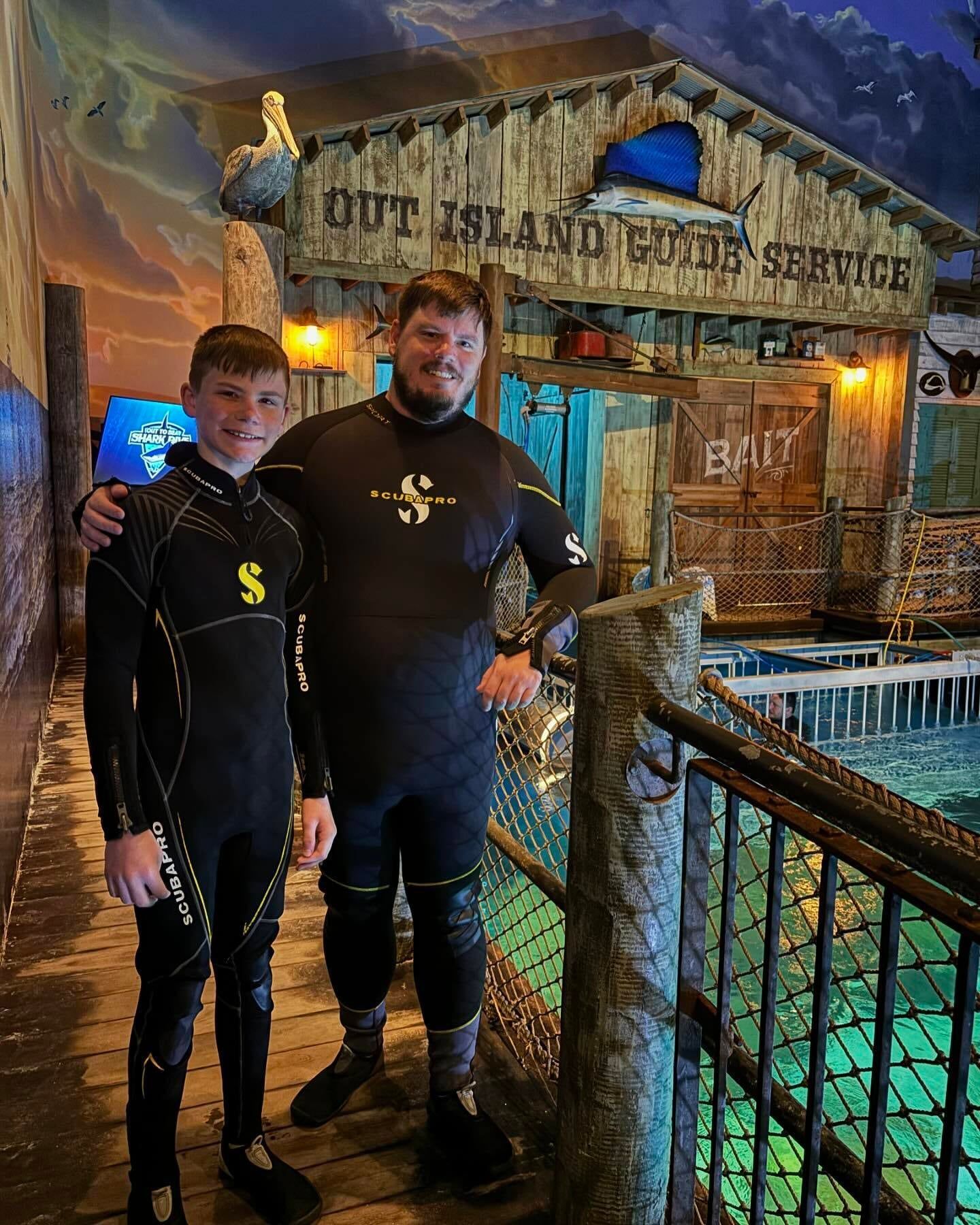- Overview of shark interactions and their ecological significance.
- Locations in Missouri offering shark swimming experiences.
- Conservation efforts associated with such programs in Missouri.
- Educational aspects of swimming with sharks.
- Safety measures and guidelines when participating in shark swimming programs.
Missouri might not be the first place that comes to mind when considering swimming with sharks, an activity typically associated with oceanic destinations. However, thanks to the development of cutting-edge aquariums and education-focused wildlife programs, you can actually enjoy this thrilling experience in this Midwestern state. Combining excitement with education, interacting with sharks provides key insights into marine biology and the environmental challenges facing these remarkable creatures.
Though inland, Missouri hosts several aquariums where swimming with sharks is possible. Locations offering these interactive programs provide not only unique visitor experiences but also play significant roles in marine conservation and education. Typically, participants enter a controlled and safe environment where they can observe sharks up close, gaining a better understanding of their behavior, diet, and ecosystems.
Sharks have captivated human imagination for centuries, often misunderstood and maligned due to popular media portrayals. However, these apex predators are crucial to maintaining the balance of ocean ecosystems. By participating in shark swimming experiences, visitors can explore these creatures’ roles in the food chain, their physiological adaptations, and behavior. These insights empower individuals to act as informed advocates for marine conservation.
In Missouri, aquariums such as the Wonders of Wildlife National Museum & Aquarium and Sea Life Kansas City Aquarium are the primary locations offering swim-with-sharks experiences. Engaging with these programs not only allows visitors to witness sharks firsthand but also supports vital conservation efforts aimed at protecting marine biodiversity. These institutions prioritize sustainability and education, often participating in breeding programs and habitat rehabilitation projects that benefit both local and global contexts.
Beyond mere excitement, swimming with sharks in Missouri includes a strong educational component. Programs often feature pre-swim briefings, where marine experts provide information on shark physiology, behavior, and the critical necessity for conservation. Following the experience, participants are encouraged to consider how their actions impact marine environments and what steps can be taken to mitigate negative effects.
Safety is of utmost importance in shark swimming programs. Participants receive comprehensive briefings on how to behave in the water to avoid unnecessary risks. This includes guidance on movement, positioning, and signals used by trainers and staff. High-standard safety protocols are in place to protect both the sharks and participants, such as ensuring that experienced guides accompany each swim session.
The benefits derived from these shark encounters ripple beyond personal experience, extending to the broader cause of aquatic conservation. Often, these programs are designed to ignite an interest in marine life among participants, promoting a sense of responsibility towards wildlife conservation.
In summary, Missouri offers compelling opportunities for shark interactions that are both thrilling and educational. These programs not only highlight the ecological significance of sharks but also emphasize the importance of conservation. By bridging the gap between public engagement and marine science, they foster a greater understanding and appreciation for these awe-inspiring creatures and the ecosystems they inhabit.
*****
Source Description
Where else could you swim with sharks in Missouri? 🦈
📷 : @ariamae289


